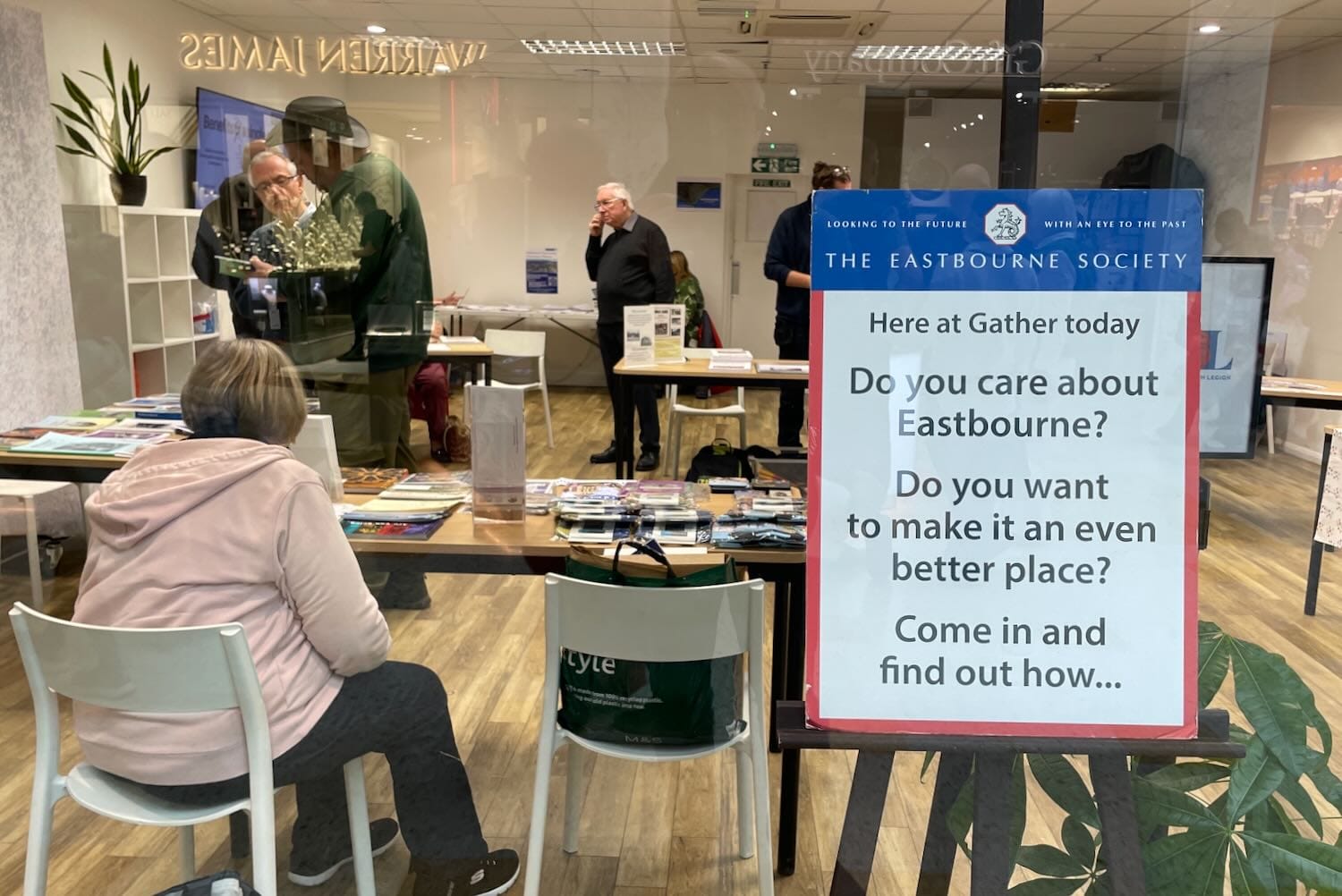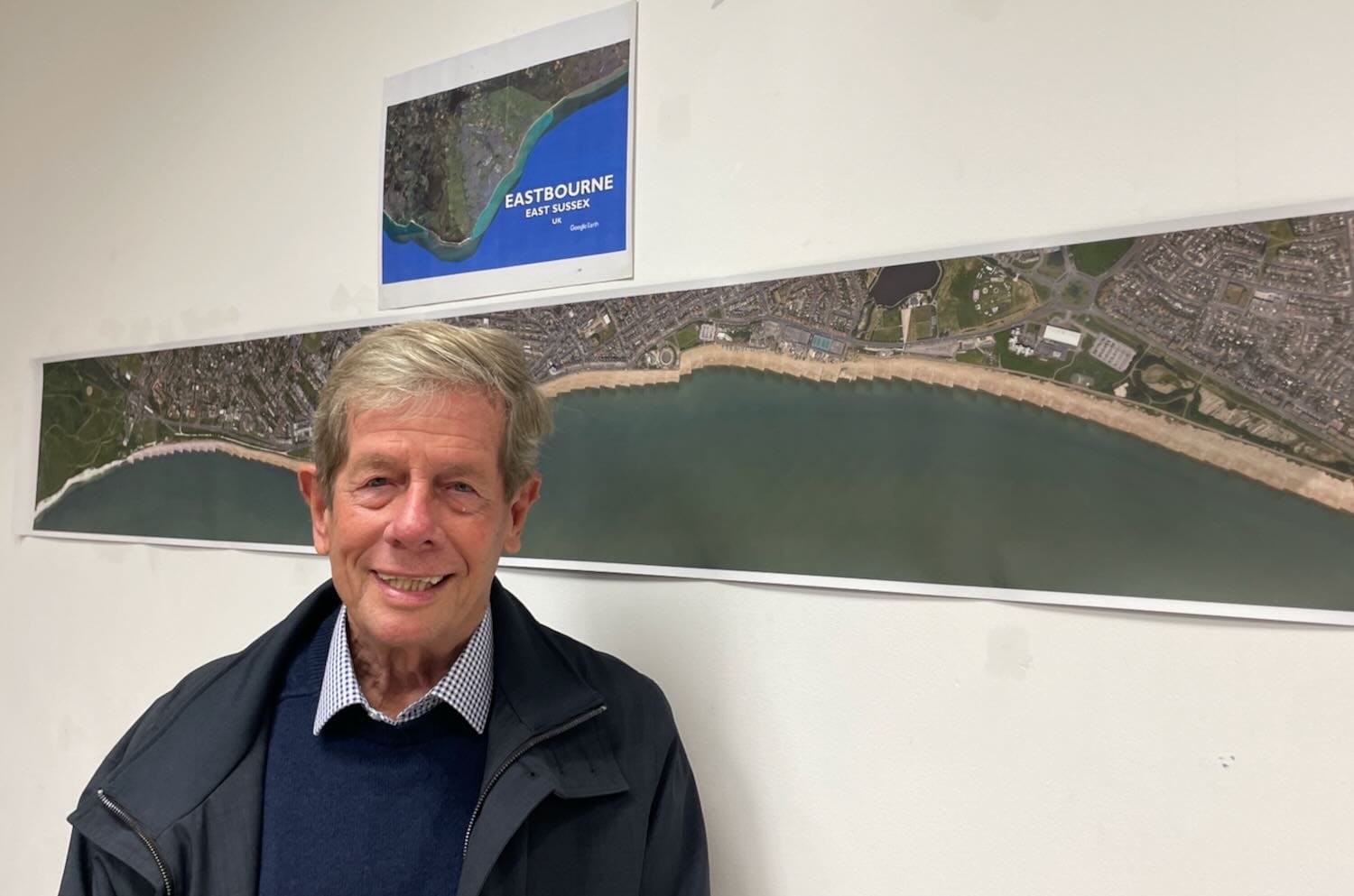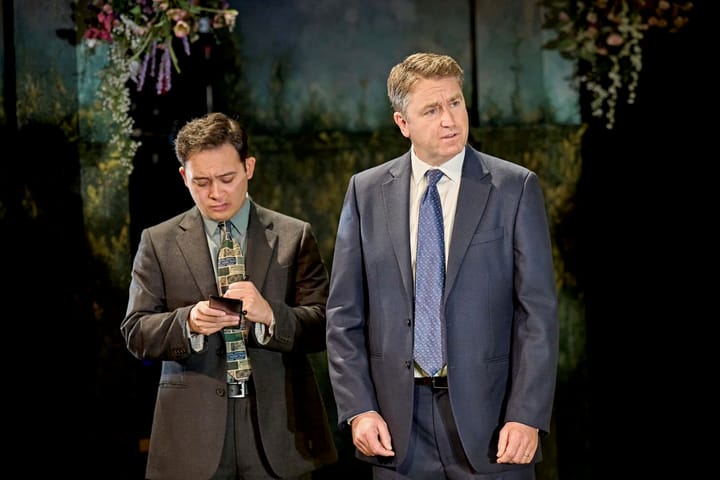What might replace Eastbourne Borough Council?
We take an in-depth look at what type of authority could take over when the borough council disappears - have your say on initial proposals by 8 December

The way Eastbourne residents are represented is about to change.
Over the next few years, Eastbourne Borough Council will be abolished, new councils will be set up and there will be a mayor covering the whole of Sussex.
How will these reforms affect the people of Eastbourne? And how will residents be able to make their voice heard in future?
In this three-part series, Eastbourne Reporter writer Paul Bromley, a former national political journalist, explains the issues in depth and hears directly from some of the key people involved.
The first feature examined devolution and the creation of a Sussex-wide mayor. The second article looked at Local Government Reorganisation and new unitary councils.
In this final part, we look at what might replace EBC and how you can have your say on this as part of the Community Governance Review.
Eastbourne Borough Council is on its way out. Its days are numbered.
That’s not a wild claim or unsubstantiated opinion but a matter of fact.
One consequence of the devolution of power to the Sussex mayor and the new unitary councils responsible for all services across a wider area is that the current district and borough councils will be abolished (along with East Sussex County Council). They will all go.
In East Sussex, that means Eastbourne Borough Council will no longer exist. Neither will Lewes District Council, Hastings Borough Council, Rother District Council and Wealden District Council.
When will Eastbourne Borough Council be abolished?
Proposals for new unitary authorities have already been submitted to the Government by councils in East Sussex as well as in West Sussex and by Brighton & Hove. Ministers have considered each idea and have now started a consultation on the options.
The Government has today offered people a chance to comment on two proposals for East Sussex:
- The One East Sussex model with a single unitary council covering Eastbourne, Hastings, Lewes, Rother and Wealden within existing East Sussex boundaries. Brighton & Hove would remain unchanged
- Redrawing the boundaries to create five unitary councils across the whole of Sussex (a proposal from Brighton & Hove City Council). One of these would cover Eastbourne, Hastings, Rother plus parts of Lewes district such as Seaford and some of Newhaven and the southern parts of Wealden
This is what happens next:
- 19 November 2025 to Sunday 11 January 2026 – a seven-week consultation on the options
- Spring 2026 – Government considers the responses to the consultation and decides which proposals to implement
- Summer 2026 – legislation in Parliament to create the new unitary authorities
- Autumn 2026 – structural changes made for the new unitaries
- May 2027 – planned elections to the new unitary authorities
- April 2028 – the new unitaries formally take over and EBC would cease to exist. This is known as Vesting Day as they are then given full powers and are legally recognised
What might replace Eastbourne Borough Council?
This is the big unknown.
It’s also the subject of a review started by EBC which seeks people’s views on how they wish to be represented in future.
It goes by the grand title of Community Governance Review and comes with a 30-page information pack comprising 36 Frequently Asked Questions and a 24-question survey.
You might well have missed it. Or, if you did see it, took one look and gave up.
It’s a densely-written document in local government-speak and full of legalese, but it’s arguably one of the most important consultations EBC has ever undertaken.
EBC council leader Stephen Holt said in September: "This review is crucial to make sure there is no gap in representation between our local communities and a new unitary authority. So I urge everyone to participate in this consultation … and share their views on how their communities should most effectively be represented."
What sort of council might replace EBC?
One idea is to adopt the system which exists across the rest of East Sussex (apart from Eastbourne and Hastings) for parish or town councils.
These are much smaller groups of elected representatives with fewer decision-making powers than districts and boroughs. They manage some services, such as allotments, and can comment on planning applications but not make decisions.
Current structure:
- Tier 1: East Sussex County Council
- Tier 2: districts and boroughs such as Eastbourne Borough Council
- Tier 3: parish and town councils
Possible future hierarchy:
1. Sussex mayor and mayoral combined authority responsible for major decisions on countywide issues such as housing and transport
2. Unitary authorities, running services such as refuse collection, schools and social services
3. Parish/town councils or other neighbourhood/area committees, likely to have very local responsibilities and a consultative role
EBC’s review sets out (FAQ 17) what it says are the potential benefits of having a parish council.
It lists them as “enhancing local representation, improving services, and fostering development”.
The review also makes clear that a parish council is not a replacement for the borough council and would not have the same powers. It operates at a lower level.
A parish council can ask for funding to support local events and activities through council tax bills.
If there is a new parish council for Eastbourne, how many councillors would there be?
This is one of the key questions in the review.
EBC currently has 27 councillors – there are three representatives in each of the nine wards – for nearly 76,000 voters in 51,000 properties. The council forecasts the electorate will increase to more than 77,000 by 2030.
Parish councils by contrast tend to have fewer elected people for smaller geographical areas with lower populations.
For example, Hailsham has 17 town councillors, Polegate 15 councillors, Willingdon & Jevington 15 councillors while Westham has 12 parish councillors.

Potentially, an Eastbourne parish council on the same boundaries as the current EBC would make it one of the largest parish councils in the country. Northampton is currently the largest town council in England with 25 councillors for 130,000+ residents.
Eastbourne-based hereditary peer Lord Lucas has taken a close interest in the review and told Eastbourne Reporter: “The more people who end up having a say the better.”
He does not favour a large town council for Eastbourne:
“Where big town councils exist within unitaries, my impression is that they are somewhat at a loss as to what to do. They can accumulate a decent budget but have no powers to do anything with it,” he said.
One of the questions in the survey (Q7) is asking people whether they want just one parish council for the whole of Eastbourne or two or more parish councils for the town.
If people want one council, they can also say how many councillors they want for each ward: one per ward, making nine in total; two for each ward, totalling 18; or match the existing three per ward to make 27 Eastbourne parish councillors.
There has to be a minimum of five representatives on a parish council. The exact number won’t be known until later in the consultation process.
What other options are there?
Parish councils aren’t the only possible new arrangement.
Other options include:
- Neighbourhood Area Committees: this is the Government’s preferred new model for communities with a number of so-called “frontline” ward councillors. These committees would not just be elected councillors but can also co-opt representatives from community organisations.
- Area committees: groups of councillors from within the larger unitary authority. A single unitary authority for the whole of East Sussex could, for example, have an Eastbourne area committee.
- Neighbourhood forums: community-led groups with increased levels of participation and consultation to influence decision-making but no powers to implement decisions
- Community associations: groups of people in an area organising local activities
- Residents’ associations: people choosing how they are represented
East Sussex county councillor Brett Wright, who represents Meads, would like Eastbourne as a whole to have a wider perspective rather than different viewpoints from particular parts of the town.

He told Eastbourne Reporter: “With the new unitary authority councillors they will have very much a ward view, they won’t particularly have a town view, so there’s a potential democratic deficit in terms of the town as a whole.
“You need some kind of structure, whether it’s a parish council or whether it’s each current ward having some kind of community organisation that then can report through to the unitary authority of councillors or some other links.
“I don’t know what the best link is at the moment … there needs to be that town view because if there isn’t, then individual wards will be fighting their corner but they won’t be fighting for the town as a whole.”
Lord Lucas also believes attention should be paid to the new unitary authorities.
He told Eastbourne Reporter: “The key body is clearly going to be the local committee of the unitary. It's the unitary that has the budget and the powers so that's where efforts … have to be focused.
“This body also has the advantage that it is not tied to old boundaries and can bring in the tributary areas such as Willingdon, Polegate, Westham and Pevensey, making for coherent conversations across all those communities that have their roots in Eastbourne.”
Are there any other ideas being proposed?
Heritage organisation The Eastbourne Society hosted a drop-in event last month (31 October) at Gather in the Beacon shopping centre to discuss the Community Governance Review.

Several EBC councillors at the event heard the views of members of the society about future representation. Council officers were also there providing advice and information about the review to residents.
Alan Wenham, an adviser to The Eastbourne Society, also suggested the idea of ‘Greater Eastbourne’, taking in all areas within 20-minutes travelling time of the town.

He said: “Eastbourne is now more than just its borough boundary. Eastbourne is the service and shopping centre, employment and education centre, for the 150,000 people of what we might call Greater Eastbourne.
“If an area committee is created, then it may be based on the reality of what actually constitutes the new Eastbourne, rather than sticking to the old borough boundary.”
When will decisions be made on what replaces EBC?
There are further drop-in sessions taking place from 12 noon to 7pm at Eastbourne town hall on Monday, 24 November, and from 10am to 4pm at Gather in the Beacon shopping centre on Friday, 28 November.
- 8 December – consultation closes on the initial review
- Spring 2026 – EBC considers draft proposals
- 11 May to 20 July 2026 – second round of consultation
- September 2026 – final decision on new arrangements taken by EBC
It means on the current timescale, a borough council for Eastbourne, which in one form or another dates back to the 1880s, has around 30 months to run.
:: Paul Bromley is a qualified journalist and broadcaster who worked for 40 years for regional newspapers, the Press Association and Sky News. He now works in community rail. He is a volunteer writer with Eastbourne Reporter
:: If you think this type of journalism is better than reading PR handouts presented as ‘news’, please support us – it’s free to read but not free to produce. One-off donations are here or become a member here for the price of a coffee (and maybe cake - we get hungry) just once a month


